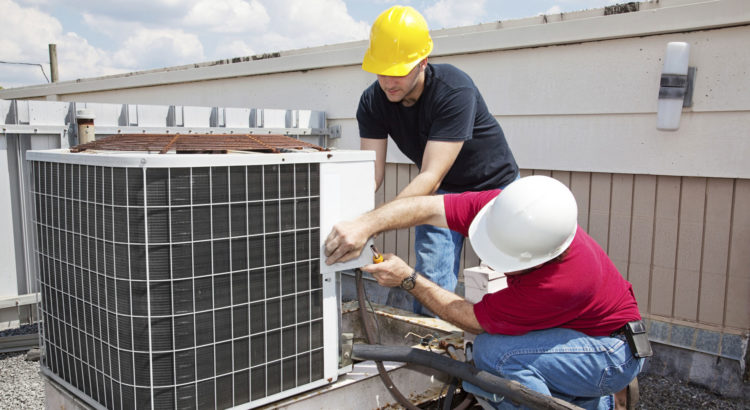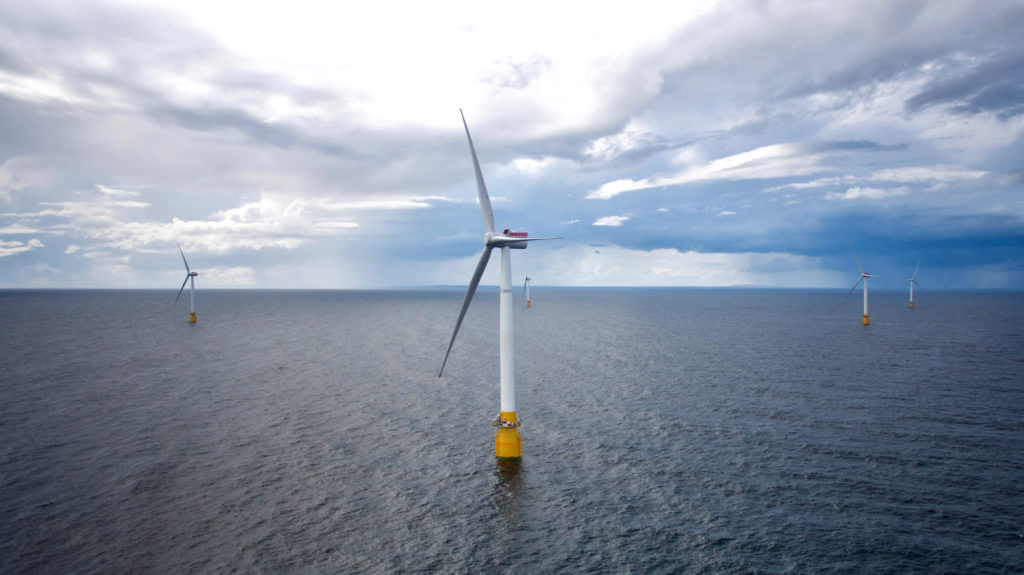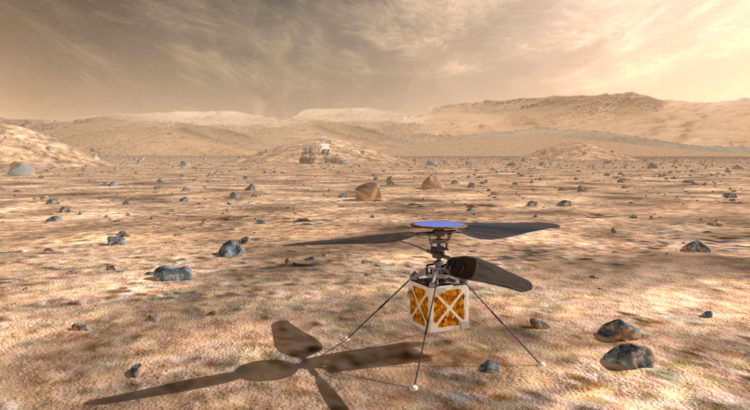The fifth generation of mobile communication is on its way to bridge the numerous gaps by its preceding technologies. Most of the network issues arise when people wish to watch 4K videos, video chat or when they want to interact with the different IoT devices.
Similar problems occur in the satellite communication mechanism. As more and more satellites are launched into the space, they face issues in transferring data. The 5G technology can easily resolve such issues.
- 5G uses high frequency for establishing communication between different devices.
- These frequencies are in the range of 30 to 300 GHz.
Millimeter Wave Satellite
To make the communication better, researchers from the European Space Agency (ESA) are making efforts to develop satellites that will communicate on millimeter-wave frequencies. These satellites are named as W-Cube. Some of their features are:
- Communication devices installed in these satellites will test and use the 75 GHz frequency band.
- The body of these satellites will be based on Reaktor’s Hello World CubeSat platform.
- They will weigh less than 5kg.
Finland based Reaktor Space Lab and the VTT Technical Research Centre will develop these satellites. The signals transferred by them will be observed at the measurement station in Graz, Austria. This technology will provide a unique opportunity to achieve high expertise in the field of telecommunication in the space.








